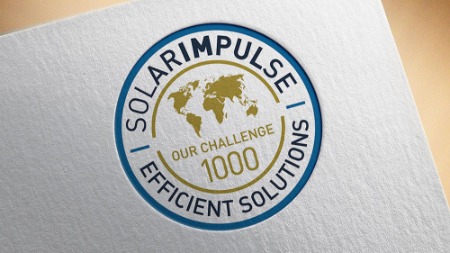1000 Solutions - August 29, 2019
PAPTIC®, an alternative to plastic


Written by Tristan Lebleu 3 min read
This solution offers an eco-friendly replacement for packaging for retailers and brand owners.
The race to find alternatives to plastics is on. The packaging industry, among others, is investing heavily in innovations to replace our good old plastic bags and wrappings by bio-sourced materials to pack stuff and carry it around. As consumers and regulators are increasingly aware of the massive pollution created by the roughly 8 millions tonnes of plastic entering our oceans annually, brands are under pressure to use environmentally friendly packaging.
PAPTIC® is a new type of material, developed in Finland, which creates a category of its own by combining the advantages of different elements: it has the versatility of plastics, renewability and recyclability of paper, and the tactile properties of non-woven materials.
The material, which has a soft and luxurious texture, is mainly based on wood fibres from controlled and sustainably managed forests. The technology is based on an innovative paper production process called foam-forming, which replaces the water in paper production by foam. This enables broadening the product features to areas impossible with traditional paper production technologies.
“PAPTIC® is currently mainly targeted at non-food applications, such as carrier bags and e-commerce envelopes, but also flexible product packaging for toys, electronics and hygiene products. It is approved for direct food contact,” said Tuomas Mustonen, CEO and Co-founder of PAPTIC®, in an interview with Packaging Europe.
While the main environmental benefit of PAPTIC® is clearly the fact that it avoids the use of plastic in packaging, its impacts are actually much wider. PAPTIC® products are resistant, which makes them reusable. Their sustainable shopping bag claims to have a lifespan of approximately 100 uses. The material is also completely biodegradable under industrial composting conditions, and can be recycled with carton boards. Last but not least, PAPTIC® manufacturing technology reduces water and energy consumption.
To accelerate the market adoption of this new material, PAPTIC® can be converted into various packaging products with the same production lines and machines used in converting plastics and paper. This means no new infrastructures or machines are needed to produce PAPTIC®, or to take it into uses in the packaging value chain. Retailers and brands can now easily shift to a sustainable solution!

Written by Tristan Lebleu on August 29, 2019


